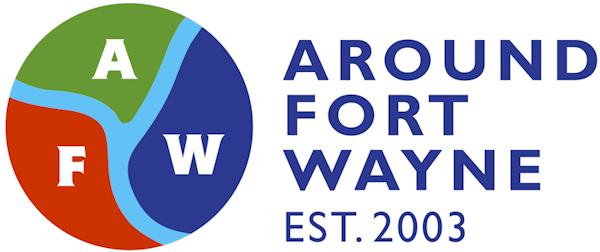![]()
Press release from the National Institutes of Health:
Infants Capable of Learning While Asleep
Finding May Lead to Tests for Developmental Disabilities
Newborn infants are capable of a simple form of learning while they’re asleep, according to a study by researchers funded by the National Institutes of Health. The finding may one day lead to a test that can identify infants at risk for developmental disorders that do not become apparent until later in childhood.
The study was confined to newborns, so the researchers do not know whether older children or adults are capable of learning during sleep. Funding for the study was provided by the NIH’s Eunice Kennedy Shriver National Institute of Child Health and Human Development. Additional funding was provided by the National Institute of Mental Health.
Conducted by William Fifer, Ph.D. and his colleagues at Columbia University in New York, the study was published today online in the Proceedings of the National Academy of Sciences.
Researchers used an electroencephalogram, a machine that records the brain’s electrical activity and converts it into patterns, to record the brain activity of each sleeping infant. A video camera recorded each infant’s facial expressions. The researchers played a tone, while a machine blew a faint puff of air at each sleeping infant’s eyelids. In response to the air puff, the infants reflexively squeezed their closed lids tighter.
The researchers repeated this nine times, each time pairing the air puff with the tone. For the tenth time in the sequence, however, the researchers played the tone without the air puff. This sequence was repeated over and over again.
After roughly 20 minutes, most of the infants (24 out of 26) would scrunch their faces in response to the tone that was not accompanied by the air puff. Moreover, the electroencephalogram detected changes in brain wave activity that occurred simultaneously with the tone, which the researchers interpret as further evidence that the infants had learned to associate the tone with the air puff.
Infants in the control group, who were exposed to random, unpaired tones and air puffs, did not squeeze their eyelids in response to isolated tones.
“The current experiment is the first to demonstrate that newborn infants are capable of learning about relationships between stimuli while asleep,” the researchers wrote. “Learning was only demonstrated in infants exposed to consistent pairings of the tone and air puff.”
The researchers added that it is not known whether learning to make such associations during sleep is unique to infants or could also occur in adults. It’s possible that the ability might diminish with age.
They also noted that this type of learning is controlled by the cerebellum, a part of the brain that is implicated in many developmental disorders. This non-invasive measure of cerebellar function in sleeping newborn infants might later provide a means to screen for developmental conditions very early in life, Dr. Fifer said.
The NICHD sponsors research on development, before and after birth; maternal, child, and family health; reproductive biology and population issues; and medical rehabilitation. For more information, visit the Institute’s Web site at https://www.nichd.nih.gov/. For more information on NICHD’s research on developmental disabilities, go to
The National Institutes of Health (NIH) — The Nation’s Medical Research Agency — includes 27 Institutes and Centers and is a component of the U.S. Department of Health and Human Services. It is the primary federal agency for conducting and supporting basic, clinical and translational medical research, and it investigates the causes, treatments, and cures for both common and rare diseases. For more information about NIH and its programs, visit www.nih.gov.
